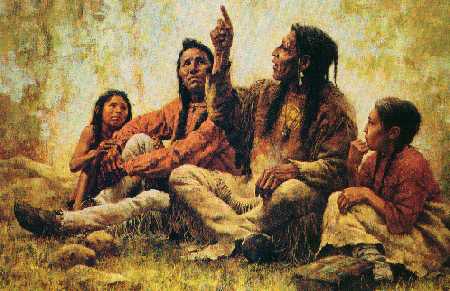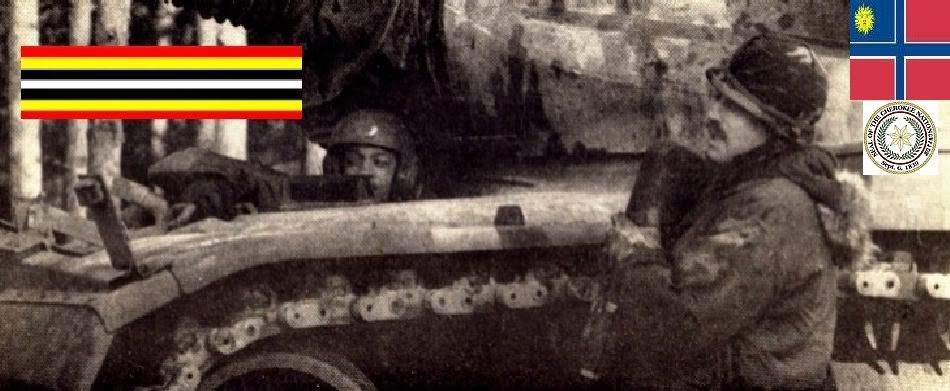|

Chief Washakie
(1804-1900)
Warriors Citation
Washakie ('shoots [the buffalo] running.). It is also said that the name means 'gambler's gourd,' and that its bearer was
originally known as Pinaquana, meaning 'smell of sugar'). A Shoshone chief, of mixed Shoshone and Umatilla blood (according
to some authorities he was half white). Before reaching maturity he left the Umatilla and joined his mother's people, the
Shoshone. Washakie was noted chiefly for his friendship toward the whites and as a warrior against his tribal enemies. He
early became the chief of the Eastern Band of Shoshone of Wyoming, known also as Washakie's Band, by reason of his prowess
and leadership, but when about 70 years of age some of the younger men aspiring to the chief-ship, took steps to depose him.
Washakie disappeared from the camp, and two months later, on the night when the council met to take action, he suddenly appeared
with six scalps which he had taken alone on the war-path, thus setting at rest all further opposition to his chieftaincy on
the ground of age. Washakie is described as having been light in color, of commanding figure, very tall, powerfully built,
and of dignified carriage, and had a reputation for great endurance. He realized the importance of his position, and was fond
of form and ceremony in his dealings with white people. When in the 1850's emigrants passed in large numbers through the Shoshone
country in Wyoming,

Washakie and his people exercised great forbearance, following the injunctions of the Government agents to aid overland travelers
in recovering strayed or lost stock, helping the emigrants across dangerous fords, and refraining from all acts of reprisal
when animals of the white men destroyed the Indian root and herding grounds. So friendly and helpful were Washakie and the
members of his band that 9,000 emigrants signed a paper commending their kind treatment. Washakie owed his great popularity
among his people to his exploits on the war-path, especially against the Siksika (Blackfeet) and the Crows, and also, it is
asserted, because in his younger days he brooked no opposition in the tribe and allowed no asylum to a horse thief or a vagabond.
Another war-chief of the Shoshone, named Pushican, or Purchican, bore on his forehead the scar of a blow from Washakie's tomahawk
received during an altercation. He was for many years in the employ of the American and Hudson's Bay fur companies, and was
long the valued companion of white hunters and trappers. Before the battle of Bear River in 1863, in which Gen. Connor defeated
the Bannock and hostile Shoshone who refused to heed Washakie's warning, he fled with the greater portion of his tribe to
Ft Bridger, Wyoming, thus saving many of his people from destruction. When Ft Brown was established on the site of Lander,
Wyo., in 1869, Washakie met the soldiers and avowed his friendship for the whites, and frequently served as a scout in campaigns
against the Cheyenne, Sioux, Arapaho, Ute, and other hostile tribes. Members of his hand also performed valiant service against
the Cheyenne following the Custer defeat in 1876. At the time of his death, he was buried, with military honors, in the cemetery
at Ft Washakie, Wyo., where a monument has been erected over his grave. From: historical accounts & records


LINK TO BRAVEHORSE WARRIORS VOLUME TWO
|

